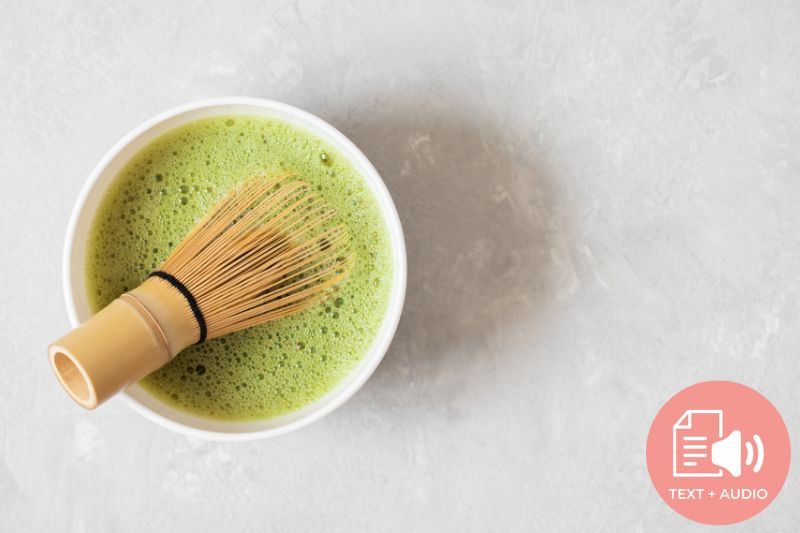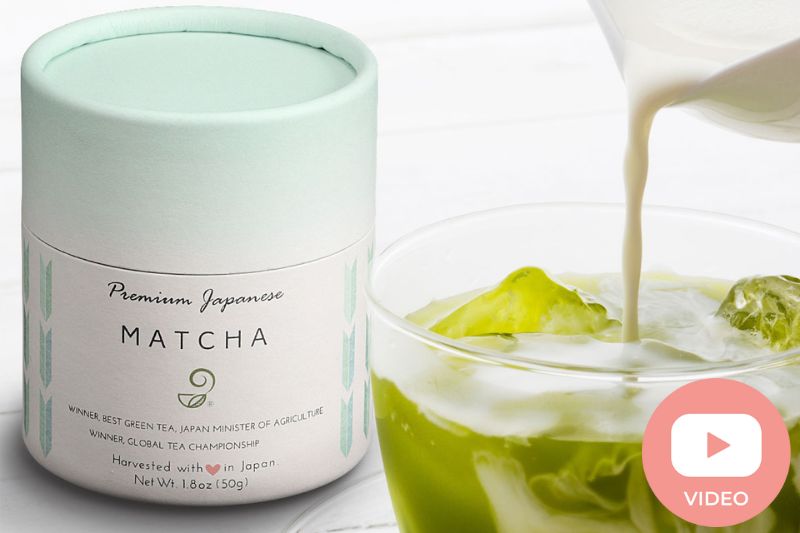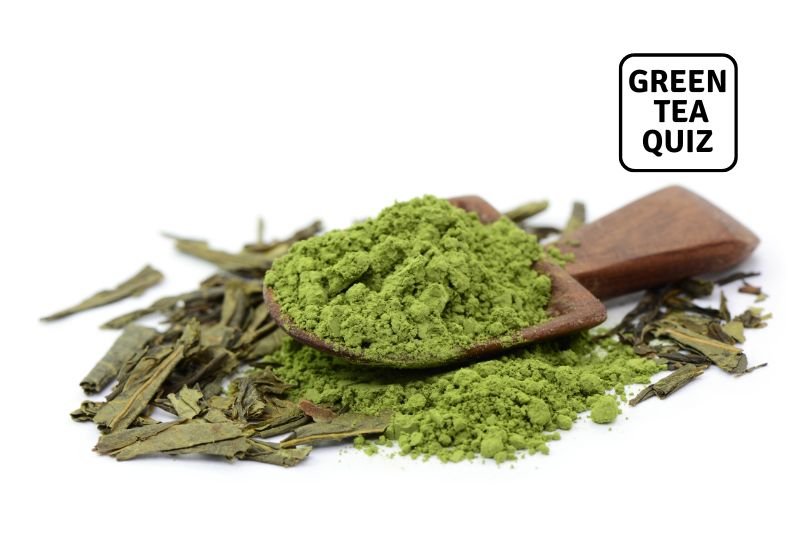Everything You Need to Know About How Matcha is Produced
What exactly is "matcha green tea"? How is matcha tea made, and where does it come from? The manufacturing process of matcha green tea is extremely superior and extravagant. Let me explain in detail the process of farming that produces the amazing aroma.
The process is amazing because it sustains the flavor and aroma of the tea. Matcha green tea looks highly attractive because of its bright green color and has the best texture with a slightly bitter, earthy, and intense flavor.
The Production Process of Matcha Green Tea - The Pride of All Teas
The cultivation process and the production process of matcha tea are not only intricate parts, but they are also arts. The matcha tea leaves are specifically grown in two major regions of Japan, named Nishio in Aichi and Uji in Kayoto. The leaves of matcha plants, especially, grow under shade so that the flavor, aroma, and nutrients get preserved perfectly in the matcha leaves. Covering the plant from direct sunlight enhances the quantity of chlorophyll, which provides the extra-bright green color to the matcha tea. Additionally, shading the plant also ensures the right amount of nutrients, amino acids, vitamins, and an intense umami flavor.

Right after the harvesting production process, the farmers pick leaves with their hands. The leaves are then steamed, deveined, and dried properly for the further grinding process. The grinding process of matcha tea is a traditional process that can convert a higher amount of tencha into fine powder in less time.
Here is a step-by-step guide to the production of matcha tea:
The Matcha Grows Under Shade
A perfect climate for the production and cultivation of matcha tea plants requires a rainfall rate of 114.3–127 cm annually. The pH value should be 5.8–5.4 or less for best growth. The matcha tea plant can be grown up to 7,218.2 feet above sea level. The soil must be acidic for the best tea plant growth because tea plants will not grow in soil that is alkaline in nature.
The leaves of the tea are grown in the shade and properly covered with rice straws or mats of bamboo sticks to protect the leaves from direct sunlight. This is essential to protecting the flavor, amount of caffeine, quantity of chlorophyll, and sugar level of the tea plant. This process takes place six weeks before the harvesting and production of matcha tea. The most important part of this tea plant is the right amount of chlorophyll, which is important to maintain the lush, bright green color of the plant and the earthy flavor of the matcha tea. The Japanese consider the intense flavor of matcha tea an umami flavor.
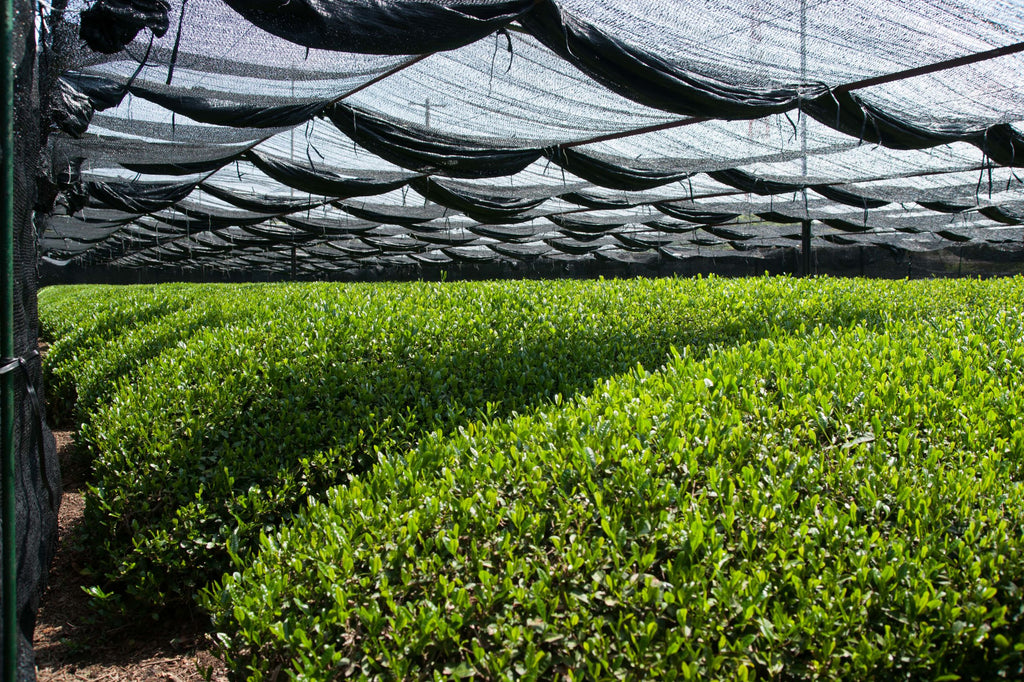
The Finest Process of Harvesting Leaves of Matcha
The process of harvesting starts in the spring season in Japan; according to their traditions, the Hachijuhaciya depicts the 88th day, and it is important for Japanese because it represents the beginning of the new year of the tea picking process, especially for the tea farmers.
The harvesting process in Japan takes place mostly in May. During this time, the tea leaves are carefully picked to maintain the quality, flavor, aroma, and freshness of the tea. By keeping in mind the location of where the plant grows, the tea leaves get picked every 5 or 10 days. To maintain the quality of the tea leaves, the farmers pluck the leaves with their hands.
The crop of the matcha tea plant is harvested during the months of April and May; the second crop is harvested during the month of June; the third crop is harvested in the month of July; and the final crop is harvested in the month of September.
The Aromatic Steaming Procedure
The basic difference that is highly notable between matcha green tea and other teas in the world is that matcha green tea is added in the process of steaming right after it gets harvested. The harvesting process of the matcha tea takes up to 20 seconds just to keep the matcha leaves from oxidizing. It maintains the flavor, color, and freshness of the tea and also preserves the chlorophyll content, the ratio of amino acids, and other astonishing nutrients. The matcha leaves then get blown to absorb all the moisture present; this step helps in maintaining the texture and high quality. The steaming process is highly required to enrich the fragrance of the plant.
The importance of the steaming process is that the leaves were dried perfectly to stop the action of enzymes that may cause oxidation. The drying process is extremely indispensable because it ensures the nutrients, a high rate of vitamins, and the amount of chlorophyll. The production process of matcha green tea is highly delicate and important because it maintains the standard and constitution of the plant.
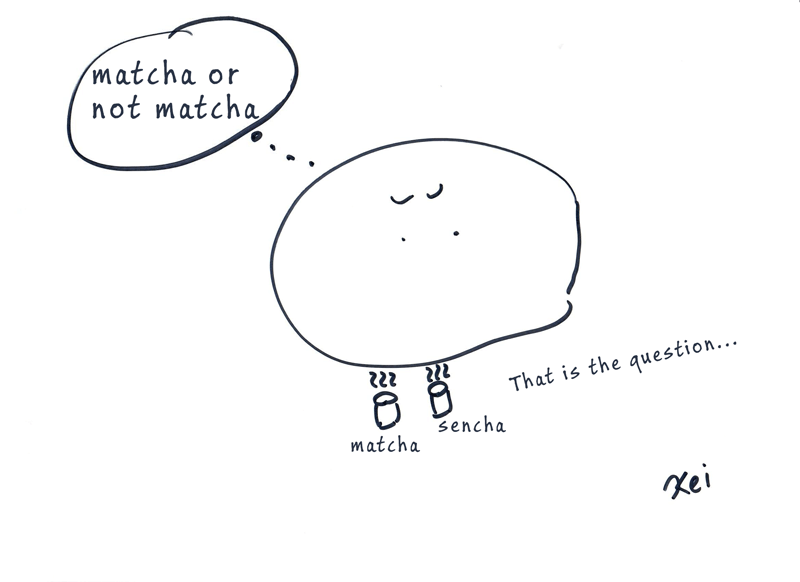
The Effective Drying Process of Matcha Leaves - The Enchanting Aroma and Taste
Now comes the most important stage, which is drying the leaves. After the steaming process, this step is the most distinguished. The leaves are now passed through various massive machines, where they are cooled down using a mild air blow. After this, they are placed on the flat surface so that the leaves can dry properly, and then the leaves are added to the big machine system, in which the stems of the matcha leaves are removed with the veins as well. After removing stems and vines, the remaining part is known as the tencha, from which the matcha green tea gets prepared. This step takes 40 minutes maximum.
The Grinding Process - The Stone Grinding for Best Match Tea
The last and most enchanting process is the grinding of the leaves. The stone grinding of the matcha tea leaves is the most delicate process; it basically saves the intense bitter flavor, the rich green color, the earthy aroma, and the grainy texture of the tea. There are numerous benefits to stone grinding: it enhances the level of nutrients and antioxidants, and it takes the deliciousness of the tea to another level. The doctor highly recommends this matcha green tea specialty in Japan.
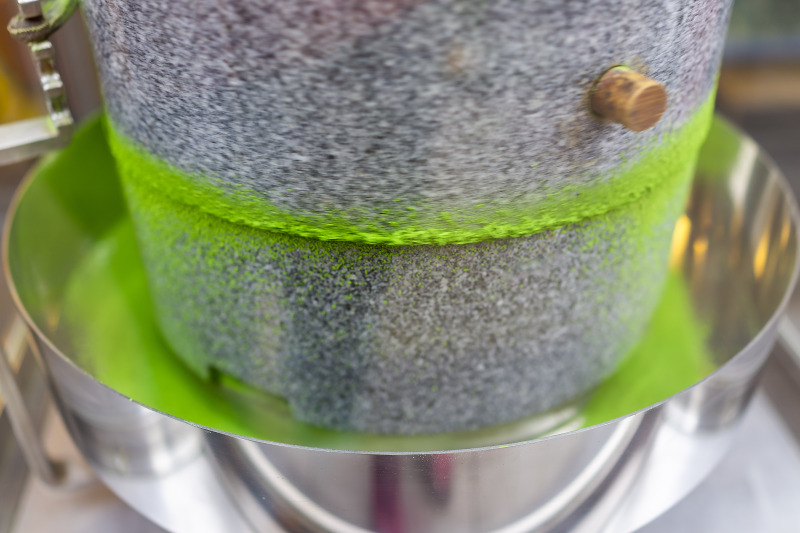
The Final Drying Process
After the whole rolling and drying process, the final stage comes: the final drying of matcha tea before sending it to the wholesale merchants. In this process, the tea is spread on a flat plastic surface to completely absorb the moisture. Tea at this stage is known as ateaha. After the final drying, the tea is shipped to wholesalers for the complete packing process.
The Cleaning Process of Matcha Powder
After the matcha tea is shipped to the tea merchants, it undergoes the cleaning process depending on the quality they desire. And finally, the packing stage of matcha green tea comes. While packing it, the merchants carefully examine the quality and texture of the tea so that customers can enjoy the aroma and flavor of the tea.
The Prodigious Combination of Nutrients –Quality Control
The quality control temperature ranges up to 93.2–96.8°F for all the drying and steaming production processes. Matcha, after the whole production process, provides all the high-quality ingredients that make people crazy over this green tea, like caffeine, fluoride, sodium, amino acids, cellulose, potassium, iron, calcium, the vitamins A, C, B1, B2, B3, B5, proteins, magnesium, and more than 30 other nutrients that help you stay active all day, improve dental health, enhance the metabolism rate, make heart health better, slim down your weight, and provide relaxation to the body.
Want to know what makes the Matcha Tea Healthy?
The growing, harvesting, and grinding process of this tea is not like that of ordinary teas; matcha is delicately prepared to restore all its nutrition and health benefits. The amount of antioxidants present in the tea helps the body fight against all the harmful agents. The tea makes the body fight against all the signs of aging and dangerous diseases.
Lastly, the whole production process of matcha green tea makes this tea more enchanting. People are nowadays using this tea to feel zen, stay fit and calm, and revitalize their mind and senses. People also use matcha tea powder in different dishes and in ice cream to add a fresh minty flavor. The more you use matcha tea powder, the more benefits you can enjoy.
Buy Matcha Online
Get Free Bonus Books

Sign up for free to the Green Tea Club to get advice and exclusive articles about how to choose Japanese Tea, and tips, tricks, and recipes for enjoying Japanese tea.
About the author
Kei Nishida
Author, CEO Dream of Japan
Certification: PMP, BS in Computer Science
Education: Western Washington University
Kei Nishida is a passionate Japanese green tea connoisseur, writer, and the founder and CEO of Japanese Green Tea Co., a Dream of Japan Company.
Driven by a deep desire to share the rich flavors of his homeland, he established the only company that sources premium tea grown in nutrient-rich sugarcane soil—earning multiple Global Tea Champion awards.
Expanding his mission of introducing Japan’s finest to the world, Kei pioneered the launch of the first-ever Sumiyaki charcoal-roasted coffee through Japanese Coffee Co. He also brought the artistry of traditional Japanese craftsmanship to the global market by making katana-style handmade knives—crafted by a renowned katana maker—available outside Japan for the first time through Japanese Knife Co.
Kei’s journey continues as he uncovers and shares Japan’s hidden treasures with the world.
Learn more about Kei

